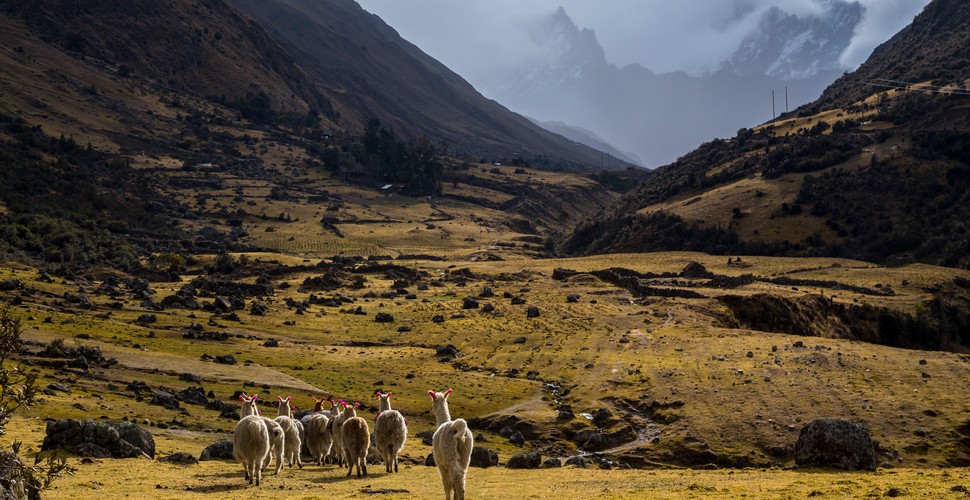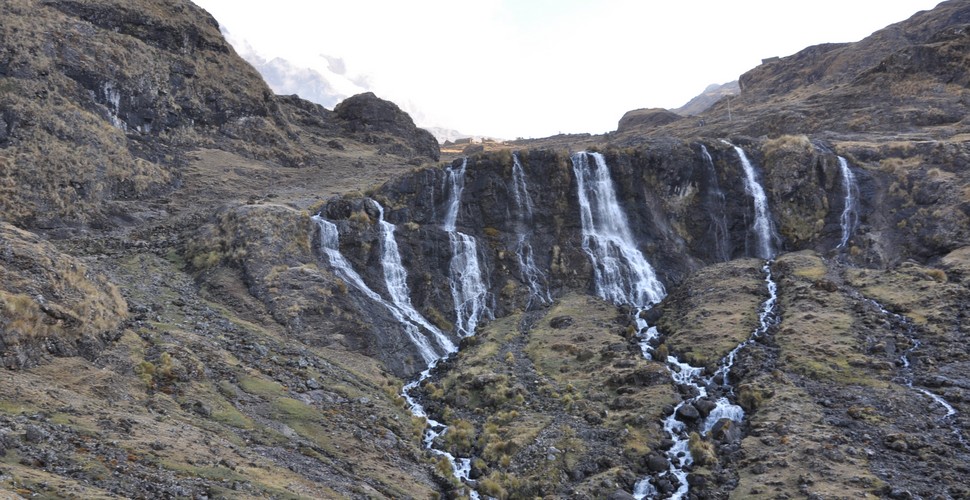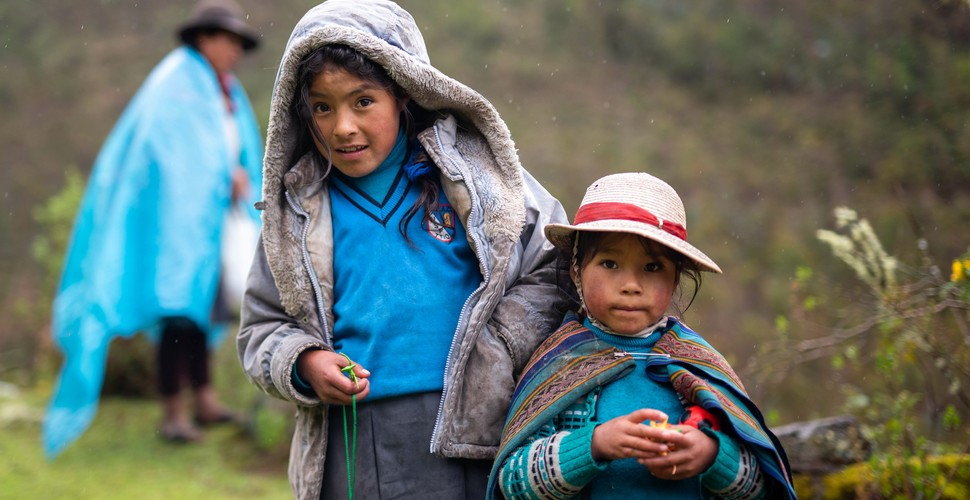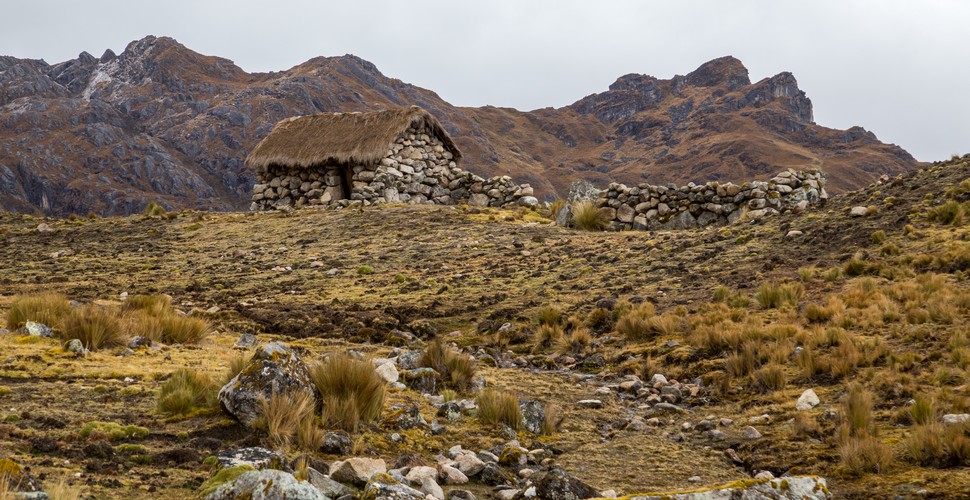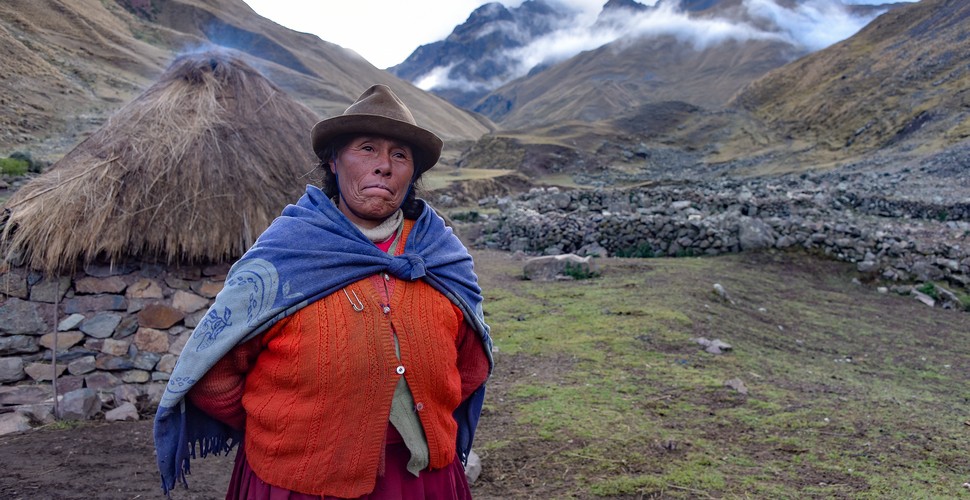
The Lares Trek
Written by:Valencia Travel
Last Update: 2025-01-11
The Lares Trek is an off-the-beaten-track trail that begins near the small town of Lares, 55 km north of Cusco and 50km southeast of Machu Picchu. The trek passes through the Lares Valley, east of the Urubamba Mountain range, traversing Lares Valley, east of the Urubamba Mountain range, which traverses a section of the Sacred Valley. The Lares trek is a 3-day trail incorporated with a visit to Machu Picchu, which is fast becoming a popular itinerary for trekkers due to the permit limits placed on the Classic Inca Trail to Machu Picchu. Permits are not required for the Lares Trek. This means that you can arrive in Cusco and, depending on the season (not June-August), be on the trail within a day or two.
Lares Valley and Llamas
A Quieter Alternative to the Inca Trail
Several factors make this trek a great alternative to the Classic Inca Trail. Firstly, and perhaps most importantly for some, it is quieter than the Inca Trail, with fewer people trekking this route. Secondly, the way is arguably more manageable than the Inca Trail in that one doesn’t need to deal with as many steps, and there are fewer ascents and descents. Altitude is still an issue. However, it would help if you dealt with high-altitude passes over 4,200 meters. You can find out more about acclimatization and altitude sickness below. Finally, the Lares Trek has the benefit of providing an authentic Andean cultural experience. The Lares Valley is home to several traditional Andean communities that have changed little in the last 500 years. You will likely see many local weavers and farmers wearing colorful traditional clothing, and depending on your tour; you might get a chance to watch or partake in some weaving action. The area is famous for its homemade textiles, so if you want to bring an authentic piece of Peru back home, take a few spare Soles. You can pick up a bargain here and be sure that you are purchasing original authentic Andean textiles.
Waterfall on The Lares Trek
Our Lares Trek
The route takes three days to trek (one extra day to visit Machu Picchu) and takes trekkers through engaging weaving communities at Huacahuasi and Mantanay.
Day 1: Cusco – Calca – Lares Thermal Springs – Huacahuasi
We leave Cusco (3,400m) early on the first morning, typically around 06:00 and drive for 2 hours to the small town of Calca (2,928m). We will make a brief stop here for a break, get breakfast, and stock up on snacks, water, and last-minute supplies. From here, the drive continues north for another 3 hours to the town of Lares. We will visit the thermal springs in Lares, where one can take a quick dip before commencing the 5–6-hour (12km) trek to the first campsite at Huacahuasi (3,750m).
Day 2: Huacahuasi – Ipsaycocha -Lake- Manantay
Huacahuasi is a traditional weaving community. We will spend some time watching weaving in action and trying on some of the beautifully colorful ponchos made by the local villagers. Today's trek is short but challenging, beginning with a climb up and over the Ipsaycocha Pass (4,450m), the highest point on the trek, which takes about 2-3 hours, and then a descent of just over an hour to Aruraycocha Lake. We will then continue to the Andean village of Manantay to share the life of these indigenous Andean people.
Day 3: Manantay – Yanahuara- Ollantaytambo – Aguas Calientes
Today is all downhill! We will head out early to trek the trail to Yanahuara, where your private transport will take you to the small town of Ollantaytambo (2,792m), before catching a train to Aguas Calientes (2,040m) – the town that sits below Machu Picchu. Enjoy dinner and an early night in preparation for the magnificent visit to Machu Picchu the following day
Day 4: Aguas Calientes – Machu Picchu – Cusco
After a comfortable night in a hotel, you will wake early to take one of the first buses up to Machu Picchu (note: the first buses depart around 05:30, but in peak season – May-September – queuing can start before 05:00). You will enjoy a 2–3-hour tour around Machu Picchu. If you still have the energy and aren’t afraid of heights, it is worth climbing Huayna Picchu (the large mountain behind Machu Picchu) or visiting Inti Punku (the Sun Gate). Both provide great birds-eye views of Machu Picchu. Your train from Aguas Calientes to Cusco will likely be booked for mid-afternoon – it takes about 30 minutes to return by bus from Machu Picchu to Aguas Calientes. Still, there are often bus queues so make sure you give yourself enough time to catch your train.
Friendly School Girls on The Trek
Best Time for A Lares Trek
The best time to do the Lares Trek is during the dry season (May-September). This is the busiest trekking time in the region, particularly on the Classic Inca Trail, where permits sell out months in advance. The Lares Trail is the third most popular trek to Machu Picchu, after the Classic Inca Trail and Salkantay so the trail can be busy during the peak season. That being said, The Lares Trail is more remote and will never feel overcrowded. During the dry season shoulder months (April and October), the Lares Trails are tranquil, and the weather is somewhat changeable. November is touch and goes in terms of trekking, and the likelihood of encountering rain is relatively high. We suggest avoiding December through March as rain makes the trail somewhat muddy, and visibility is often low due to heavy morning and late afternoon fog. However. The Lares trail can be trekked all year round without any safety issues, making it an excellent option. Temperatures throughout the year are moderate, in the high twenties (Celsius) during the afternoon, and cool to cold at night and in the early morning. Layered clothing is essential. Micro-climates characterize the Andes, so rain throughout the year is possible. Always take rain gear.
Lares Trek
Acclimatization and Altitude Sickness
The Lares trail is a high-elevation trek with obvious altitude sickness risks. Acclimatizing to the high altitude is critical in ensuring you have a safe and enjoyable trek to Machu Picchu. A minimum of 2- 3 days is recommended to make your trek more enjoyable. Book your four-day Lares Trek with Valencia Travel Cusco here!
Proud Local Lady
Happy Trekking!
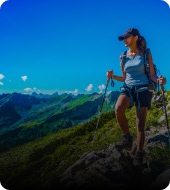 Aventure
Aventure
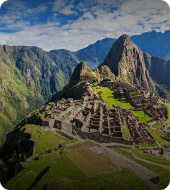 Cultural
Cultural
 Gastronomy
Gastronomy
 Wellness
Wellness
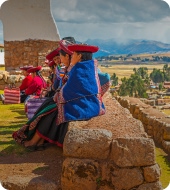 Local Living
Local Living
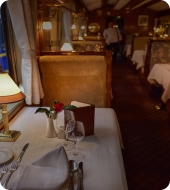 Luxury
Luxury
